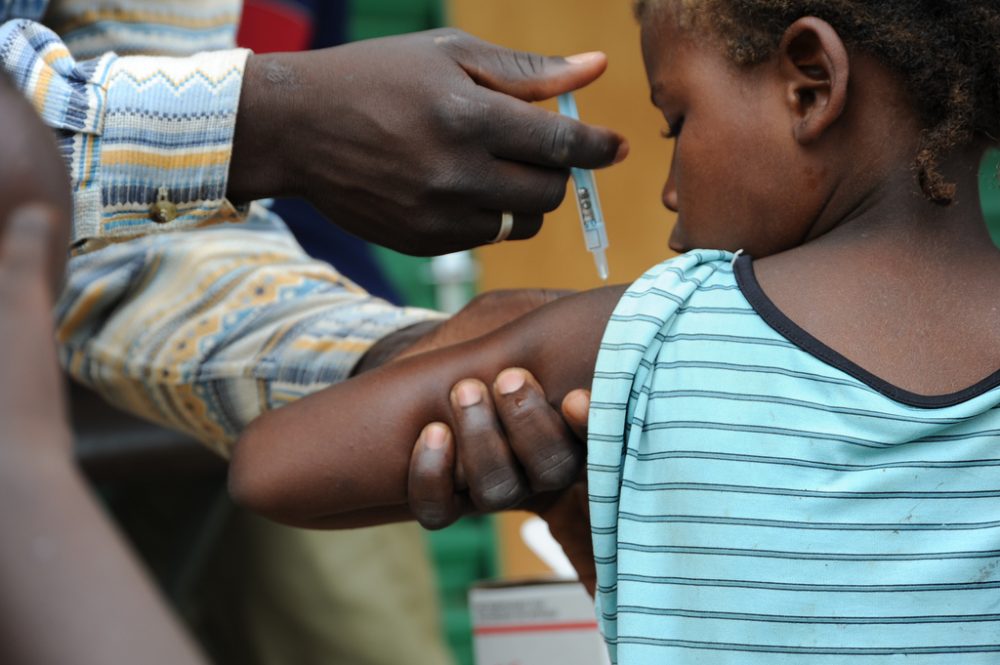Tetanus fact sheet

Tetanus is acquired when the spores of the bacterium Clostridium Tetani infect a wound or a newborn's umbilical stump.
Fact Sheet
Key facts
- Tetanus is acquired when the spores of the bacterium Clostridium Tetani infect a wound or a newborn’s umbilical stump.
- These spores are universally present in the soil.
- People of all ages can get tetanus but the disease is particularly common and serious in newborn babies (neonatal tetanus).
- Neonatal tetanus, which is mostly fatal, is particularly common in rural areas where deliveries are at home without adequate sterile procedures.
- Neonatal tetanus requires treatment in a medical facility, often in a referral hospital.
Prevention
- Tetanus can be prevented through immunization with tetanus-toxoid (TT) containing vaccines.
- Neonatal tetanus can be prevented by immunizing women of childbearing age with TT, either during pregnancy or outside of pregnancy. This protects the mother and – and through a transfer of tetanus antibodies to the fetus – also her baby.
- Clean practices when a mother is delivering a child are also important to prevent neonatal and maternal tetanus.
- People who recover from tetanus do not have natural immunity and can be infected again and therefore need to be immunized.
- To be protected for life, an individual should receive 3 doses of diphtheria/tetanus/pertussis vaccine in infancy, followed by a TT-containing booster at school-entry age (4-7 years), in adolescence (12-15 years), and in early adulthood.
Elimination goal
- AHO neonatal tetanus elimination goal is to reduce neonatal tetanus as a public health problem (defined as less than one case of neonatal tetanus per 1,000 live births in every district) in all countries.
- Maternal tetanus was added as it is assumed to be eliminated once neonatal tetanus elimination has been achieved.
- Currently, the target year for global elimination of MNT is 2015.
- Within the partnership1, partners bring in their own field of expertise:
- Countries: implementation of recommended strategies;
- coordination of accelerated activities and strengthening routine immunization to achieve and maintain MNT elimination;
- promotion of clean deliveries;
- monitoring and validation of elimination status, development of strategies for maintaining elimination and strengthening routine immunization.
- The recommended strategies for achieving MNT elimination include:
- Strengthening routine immunization of pregnant women with TT;
- TT Supplementary Immunization Activities (SIAs) in selected high-risk areas, targeting women of child bearing age with 3 properly spaced doses of TT;
- Promotion of clean deliveries;
- Reliable neonatal tetanus surveillance.
- Once MNT elimination has been achieved, maintaining elimination will require continued strengthening of routine immunization activities for both pregnant women and children, maintaining and increasing access to clean deliveries, reliable NT surveillance, and introduction of school-based immunization, where feasible.
Budget for AHO Action Plan
US$50 million
Please donate and help buy vaccines to eliminate tatenus
Sources: WHO, PAHO

